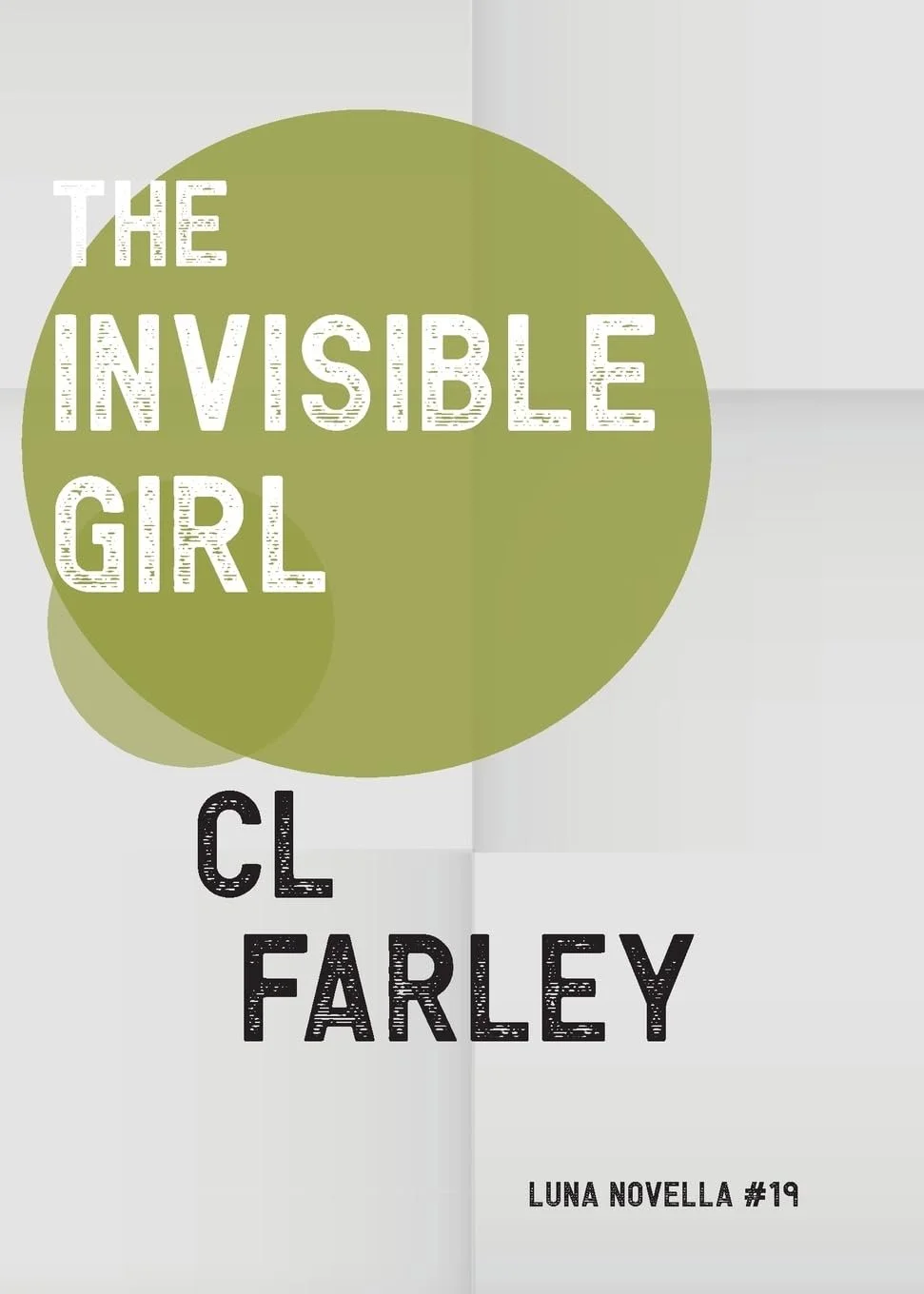The Invisible Girl by C L Farley
I would like to thank Luna Press Publishing of an advance copy of this novella in exchange for fair and honest review
Publisher – Luna Press Publishing
Published – 19/2
Price – £8.99 paperback £3.99 Kindle ebook
Maggie survived an apocalypse of hungry shadows by becoming invisible, only to drown during a violent telepathic assault.
Living on the edge of Bloemfontein, in South Africa, Maggie scavenges for scraps and grapples with the unreality, a collection of strange visions and slippery thoughts caused by the attack. When she's approached by strangers who claim she can destroy the shadow monsters, Maggie faces a dilemma: are these people real, and if so, how can she ensure they stay with her forever?
The Invisible Girl is about seeing the world differently, and society's tendency to 'other' people who make them uncomfortable. Many different ideas and experiences inspired this story: life in a backwater city, victim shaming and the stigma surrounding mental health issues, and the search for community in a world that doesn't tolerate strangeness well.
With fantasy, horror and science fiction we are used to dealing with characters dealing with the idea that the world is far stranger than we think. Our reality is mixed with the ‘unreal’ but we know what the normal neurotypical world is. Its far less common to have a glimpse of how a neurodivergent character would feel interacting in these stories. Here ‘reality’ poses a tougher challenge to define. In CL Farley’s impressive fantasy tale The Invisible Girl we get a glimpse of a world changed by strange events but our main character has psychosis but needs to navigate this dangerous new world of magic and disaster to potentially save it and herself.
The world changed overnight. Depending on where you were and what you were doing some people gained powers. Maggie has run away from a group of such people but is now being sought as someone via their own power thinks she is the key to getting the world back to where it is. But Maggie’s powers of invisibility also are balanced with psychosis which means how Maggie see the world is very unique and this new world has many secrets yet to be understood.
This is a really immersive experience for a reader that poses a challenge as to how we intercept what would almost be a standard modern fantasy tale and the key difference is we witness how Maggie interprets the world. We are used to reading of ghosts, monsters, strange creates and more in the speculative side of fiction but what happens when other characters call our lead on those things not being real? While Maggie is not the narrator of the tale Farley makes us see what Maggie sees; how this colours her perceptions of the other characters and also that people we initially think are real we find are not. Initially this makes us start to distrust Maggie but what I was impressed by was that quickly Farley did the key thing of making a great character – we get to understand them.
We find a world where something incredibly strange has happened changing reality, the world has imploded, and we have a South African landscape of dystopian ruins and small groups staying alive. We soon find that one of these people with talents used Maggie’s invisibility for their own purposes and abused her. We start to realise Maggie is as much a product of the world changes as someone we should be concerned about – our own world also is rarely sympathetic to those we view as not ‘normal’. It makes a very complex three-dimensional character we have to ask in her scenes – what is real versus actual magic, are her perceptions of characters based on psychosis or the very real bad things that have happened along the way. As that becomes hard for us to decipher, we as readers get an understanding of what Maggie has to deal with every moment of the day. You get to appreciate what Maggie is dealing with just to survive and by the end we feel a lot of empathy with her.
In terms of story then we have Maggie taken on quest through the ruins of her home and it gets stranger and more fantastical. There is a strange confrontation with what appears to be a skeleton that ends up being a climactic scene with the cause of all this chaos and its being fed through the lens of how Maggie sees the world. It plays with the ancient idea that all magical bargains have a price and there may be one for Maggie to pay doing the right thing. Sacrifice for the greater good will have an immense cost. This leads to a fascinating coda afterwards where we are weighing up Maggie’s final scenes in debating if what we see is real or not?
The Invisible Girl is an intelligent and challenging fantasy novella that forces us to think about how we and others see the world and start to consider how those neurodivergent worldviews work and also have to be navigated in our own world. It’s a story that encourages empathy. Highly recommended!
